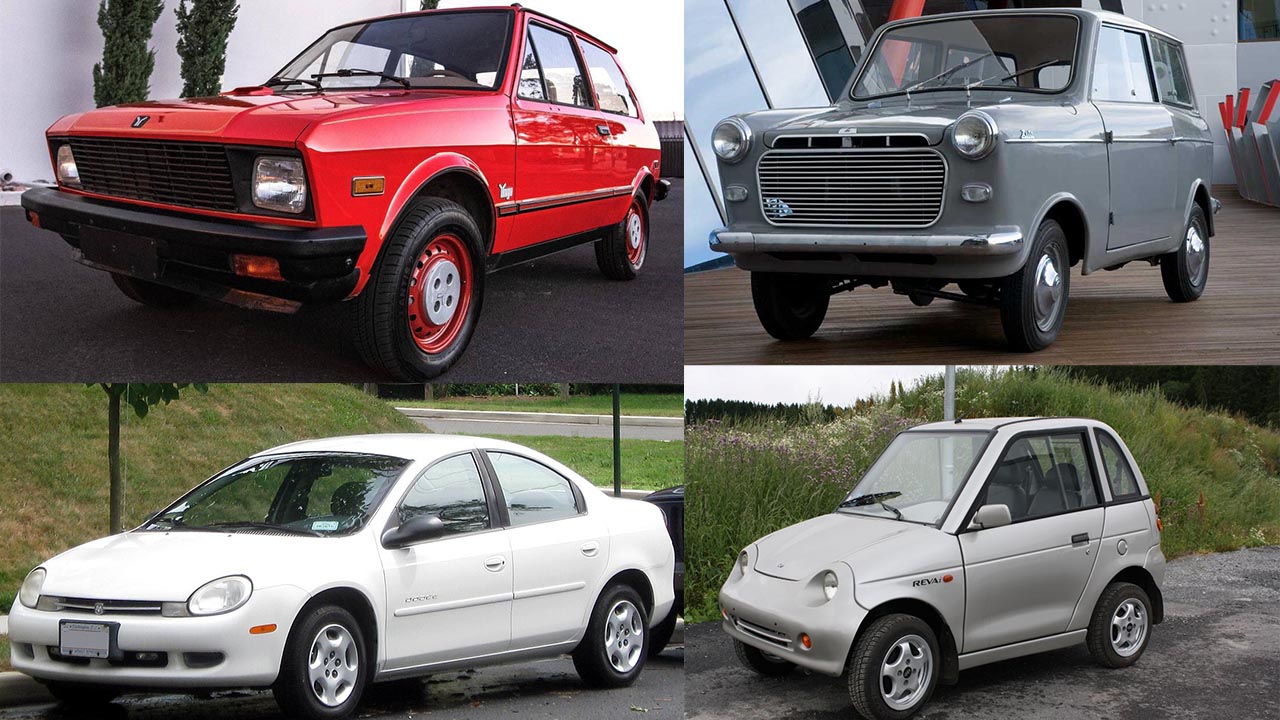In general, modern cars are safer than ever before. In 2022, the Insurance Institute for Highway Safety (IIHS) awarded the Top Safety Pick designation to 101 vehicles, marking an approximately 10% increase compared to the previous year’s results.
Today’s stringent crash safety regulations require vehicles to be equipped with an increasing number of airbags, crumple zones, and advanced driver assistance systems, all of which help minimize the risk of injury in the event of an accident.
However, this hasn’t always been the case. Over the years, automakers have produced a number of vehicles that, in the event of a crash, could become rolling death traps for both drivers and passengers.
Many of these cars offered little to no impact protection, and some even featured design flaws that made them inherently dangerous to operate.
In certain instances, the manufacturers were taken to court and held financially accountable for their defective vehicles.
However, in most cases, the ones who suffered the consequences were the unfortunate buyers who ended up with these hazardous automobiles.
1. Ford Bronco II
Ford recently reintroduced the Bronco to widespread acclaim, with demand so high at one point that the company had to temporarily pause reservations.
However, not every version of the Bronco has enjoyed such success. The Ranger-based Bronco II, for example, became notorious for safety concerns that ultimately cost Ford millions of dollars in damages.
A high-profile lawsuit alleged that the Bronco II had a dangerous tendency to roll over during cornering, putting occupants at significant risk of injury or even death.
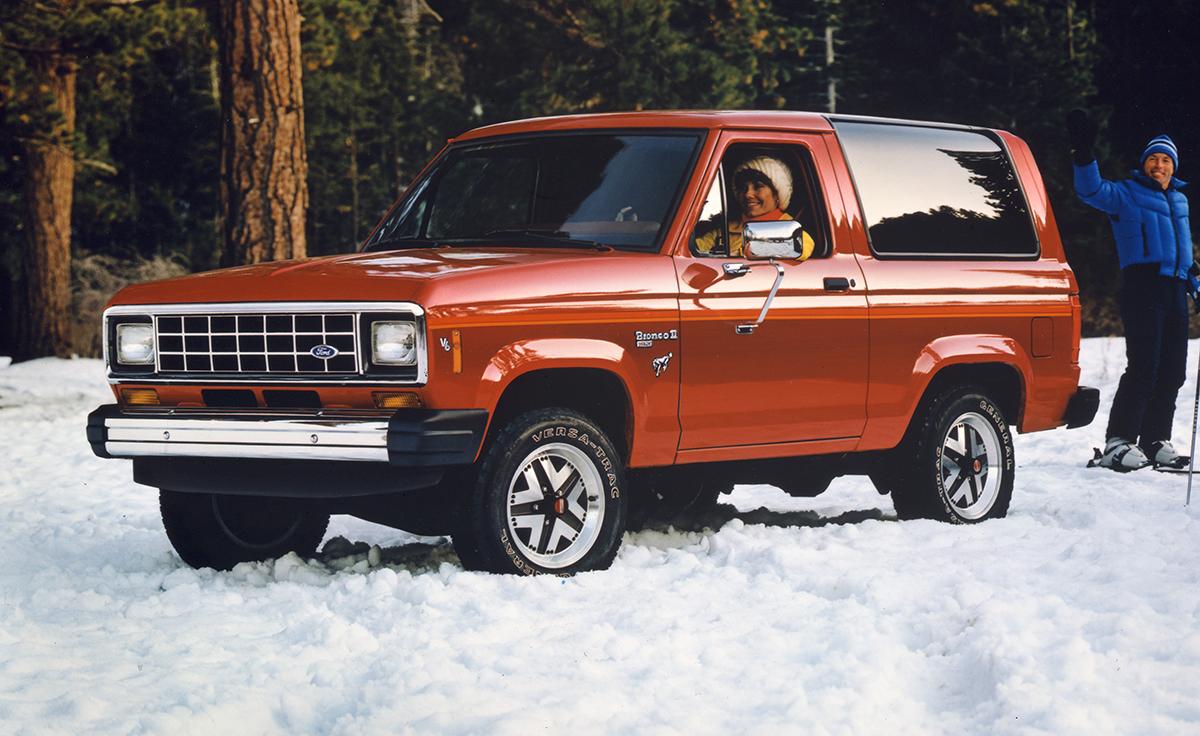
Initially, Ford denied the claims, but as more evidence surfaced, the issue became undeniable.
According to a 1997 report from The Wall Street Journal, rollover incidents involving the Bronco II were linked to 260 deaths several times higher than comparable vehicles.
Eventually, Ford settled the lawsuit for $70 million and, in total, ended up paying over $113 million due to the controversy.
2. Chery Amulet
Manufactured between 2003 and 2010, the Chinese-made Chery Amulet was sold in various international markets, including South America, Russia, and Eastern Europe.
It was based on the Seat Toledo, which itself was built on an outdated Volkswagen platform that dated back to the 1980s. While the Amulet was affordable, it was also alarmingly unsafe.
Russian automotive magazine Autoreview conducted a crash test in accordance with Euro NCAP regulations, and the Amulet received the equivalent of a zero-star safety rating, scoring just 1.7 points out of a possible 16.
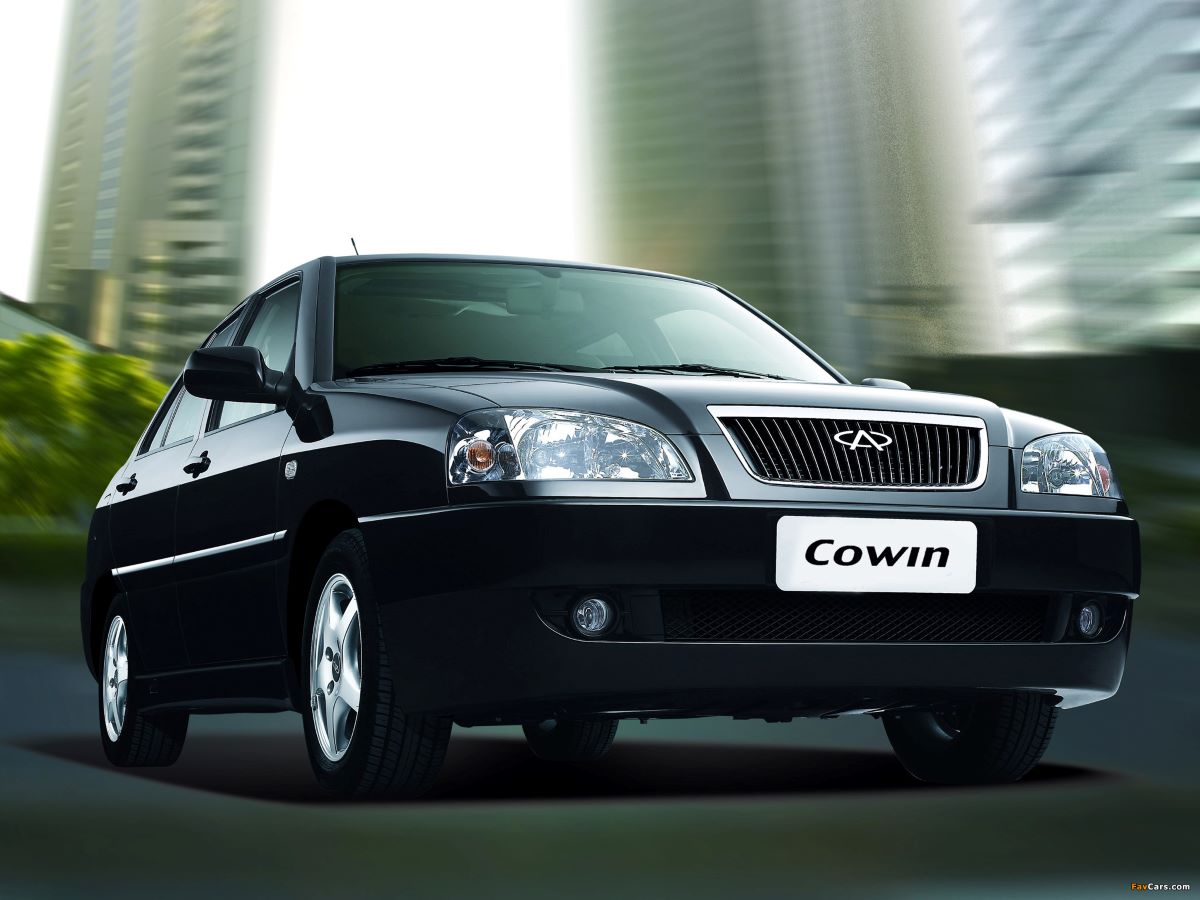
Video footage from the test made it clear why the Amulet received such a dismal rating. Upon impact with a barrier, the car crumpled like a piece of paper, with the driver’s side sustaining catastrophic damage.
In fact, the wreckage was so severely mangled that the crash test dummy reportedly had to be taken apart just to be removed from the vehicle.
While the test results were shocking, they didn’t stop the Amulet from becoming one of the best-selling Chinese cars in Russia, with annual sales reaching as high as 10,000 units.
3. Reva G-Wiz
Electric vehicles may represent the future of transportation, but the Reva G-Wiz serves as a reminder that not every EV is a wise investment.
Often referred to as the “world’s worst electric car,” the G-Wiz earned this reputation due to its extremely limited range, an overly optimistic official top speed of 50 mph, and a complete lack of crash protection.
Essentially a plastic shell with a battery attached, the G-Wiz suffered from such poor build quality that any crash over 30 mph was almost guaranteed to be fatal.
A UK-based research laboratory conducted a crash test at 40 mph, and the results were catastrophic.
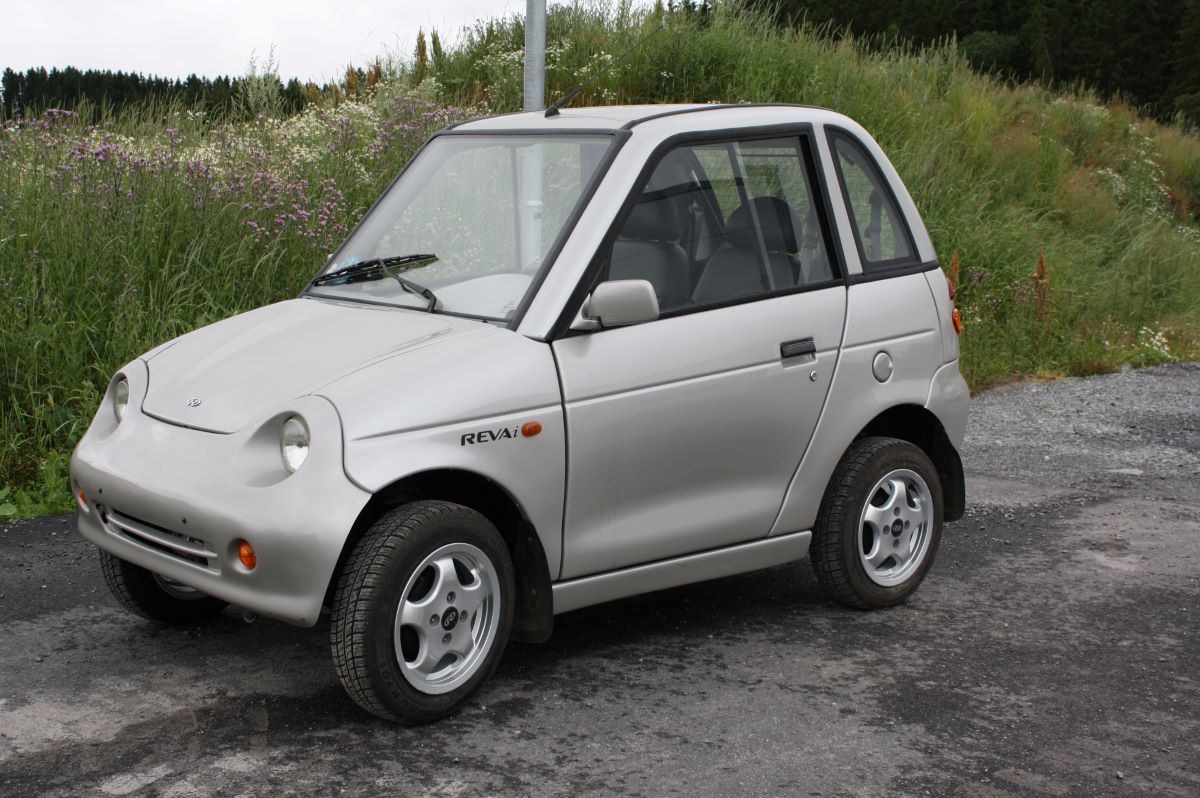
The car essentially collapsed upon impact, crushing the crash test dummy to the point where survival would have been nearly impossible.
Despite these alarming findings, the G-Wiz remained on sale in the UK for nearly a decade, only being discontinued in 2011 due to declining sales.
It was also available in 24 other markets worldwide, where it was primarily owned by city dwellers who rarely exceeded speeds of 20 mph, as the vehicle was impractical for anything beyond that.
To make matters worse, the G-Wiz wasn’t even particularly affordable. GreenCarReports noted that its base model started at an equivalent price of $17,500, with the longer-range variant costing around $25,000.
4. Ford Pinto
Few car models have garnered as much notoriety as the Ford Pinto, which became infamous in the 1970s for its dangerous flaw earning it the nickname “the barbecue that seats four.”
The vehicle had a disturbing tendency to explode upon impact due to its rear-mounted fuel tank, which was prone to rupturing even in relatively minor collisions.
The most shocking aspect of the Pinto scandal was that Ford was aware of the defect before the vehicle even hit the market.
According to The Spokesman, a leaked memo revealed that Ford executives had internally calculated the financial cost of fixing the issue versus the projected expenses of settling lawsuits related to fatal accidents.
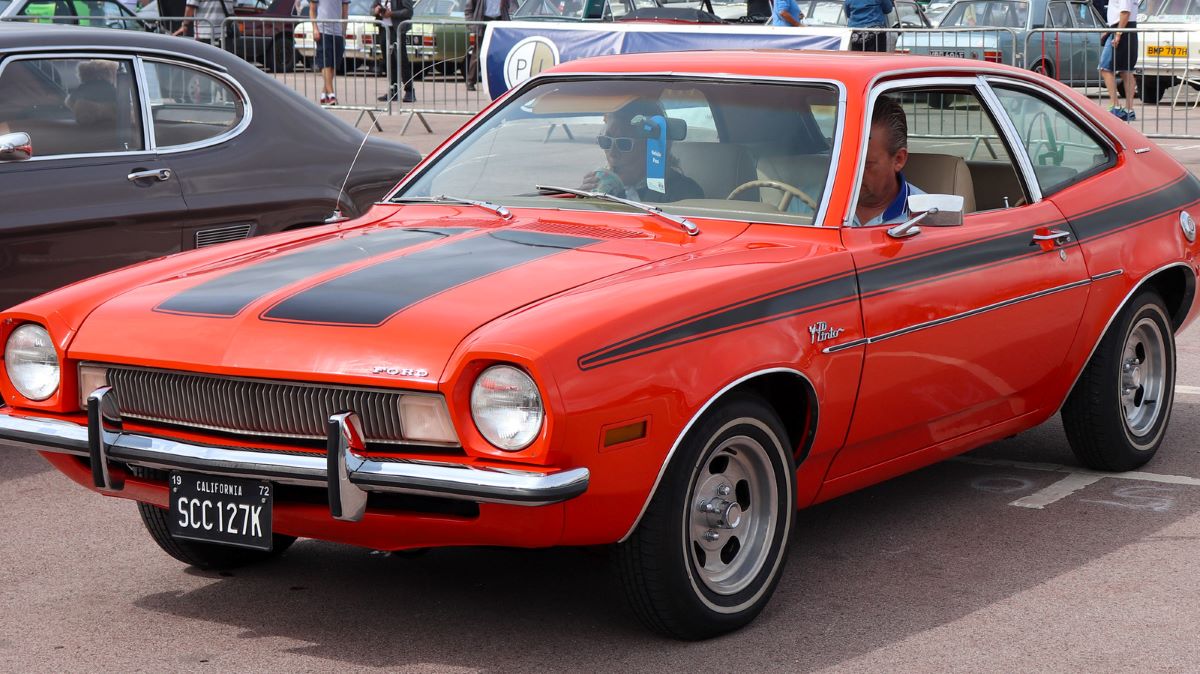
The Spokesman reported that Ford estimated the cost of making the necessary safety improvements at $121 million, whereas potential lawsuit settlements were expected to total only around $50 million.
As a result, the company made a calculated decision to release the car with the known defect in order to save money.
However, as public outrage grew, Ford ultimately paid out far more than anticipated in legal settlements, with a single lawsuit in 1981 costing the automaker $6.5 million.
It is estimated that approximately 9,000 people lost their lives due to the Pinto’s faulty fuel tank, while tens of thousands more suffered severe burns and permanent injuries.
5. Lightburn Zeta
Lightburn, an Australian company known for manufacturing washing machines, cement mixers, and other household appliances, decided to expand into the automotive market in the early 1960s.
The result was the Zeta, a no-frills microcar built as economically as possible. The Zeta had several unusual design features, including doors that could swing open a full 180 degrees to provide easier access to the rear seats.
Powering the car was a modest two-cylinder motorcycle engine that produced just 16 horsepower.
According to Car Throttle, dealers were often hesitant to take families out for test drives, fearing the Zeta might struggle under the additional weight.
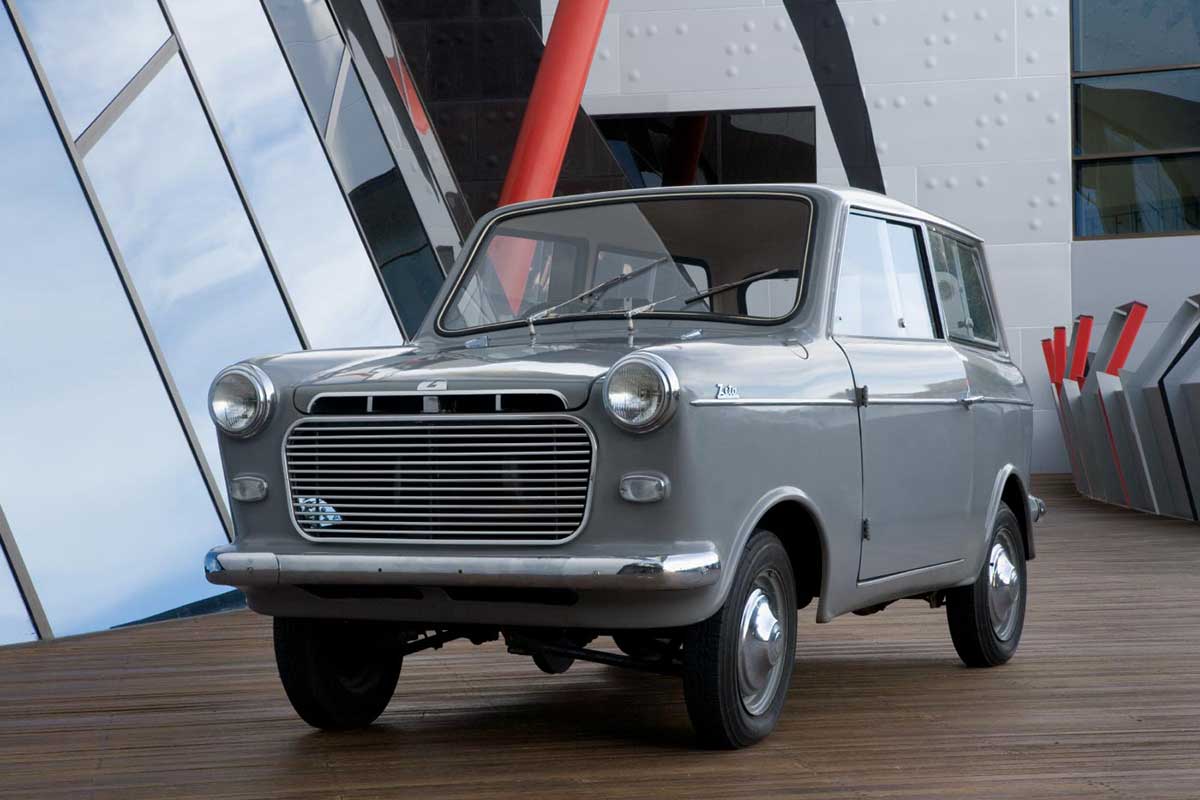
While the Zeta didn’t suffer from the catastrophic design flaws seen in some of the other vehicles on this list, it had a critical safety issue that made it especially hazardous.
The car’s fuel tank was mounted directly behind the dashboard, right next to the driver. This placement meant that any frontal collision could easily puncture the tank, spilling fuel onto the hot engine located mere inches from where the passengers were seated.
This was a disaster waiting to happen, but the risk was largely mitigated by the car’s poor sales. With only 400 units ever sold, there simply weren’t enough Zetas on the road for widespread accidents to occur.
Despite being the most affordable new car available in Australia at the time, the Zeta never gained traction in the market.
6. Dodge Neon
At first glance, the second-generation Dodge Neon appears to be an unassuming compact car. However, beneath its modest exterior lies a troubling statistic it ranks as the most dangerous vehicle on American roads.
Between 2002 and 2005 alone, the Neon was linked to 160 recorded fatalities, surpassing any other model during that period.
This alarming record stemmed primarily from the car’s inadequate safety features, as documented in crash test reports from the Insurance Institute for Highway Safety (IIHS).
In the standard side-impact crash test, the Neon received a “poor” rating in every category.
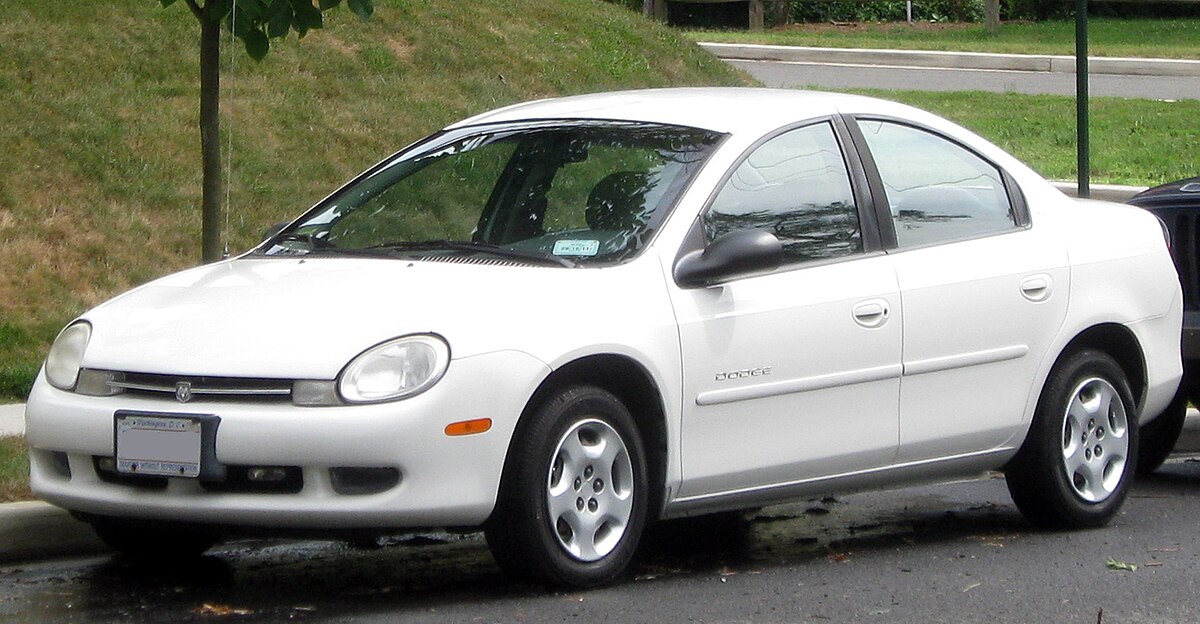
The crash test dummy’s head made direct contact with the protruding barrier, while the torso and legs were deemed highly vulnerable to being crushed due to the car’s structural weakness.
The Neon didn’t perform much better in the moderate overlap test either. Upon impact, the steering wheel detached from the column, and the driver’s side airbag only partially deployed, failing to fully protect the dummy’s head.
Additionally, the left leg of the crash test dummy showed a high likelihood of being severely injured.
Despite these significant safety flaws, Dodge made no meaningful improvements to the Neon’s design, allowing the model to remain on sale for another five years after the initial safety tests were conducted.
7. Yugo GV
Malcolm Bricklin, the entrepreneur responsible for bringing Subaru to the United States, also introduced one of the most reviled cars in American history: the Yugo.
Manufactured in Communist Yugoslavia at a wholesale cost of approximately $2,000, Bricklin imported the vehicle and sold it for $3,995, making it the most affordable new car available in the country at the time.
By all accounts, the Yugo was a disaster underpowered, stripped-down, and with a ride quality even rougher than its poor handling suggested. It embodied all the worst aspects of a budget vehicle in one package.
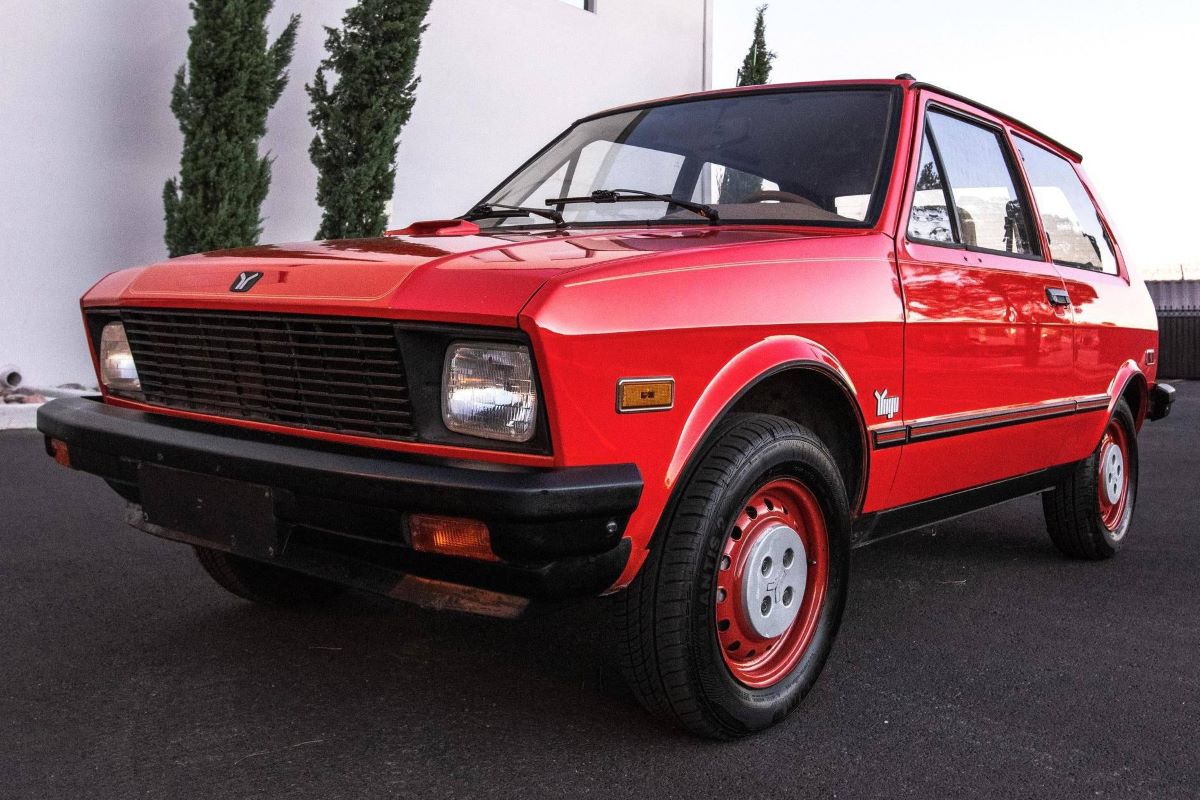
Unsurprisingly, it was also extremely unsafe. Among all the cars tested by the National Highway Traffic Safety Administration (NHTSA) in 1986, the Yugo performed the worst by a substantial margin.
The safety test measured the likelihood of injury in a crash, with higher scores indicating greater risk. The Yugo recorded a staggering 1,415 in the head injury category for the driver and 1,318 for the front-seat passenger.
For comparison, a competing budget car, the Mazda 323 LX, scored significantly lower, with 802 and 894 in the same categories.
8. Rover 100
During the early 1990s, the Rover Metro supermini enjoyed unexpected success in the UK, selling in numbers that even Rover hadn’t anticipated.
So, when the time came to replace the Metro in 1995, the company opted for a cost-effective solution: rather than developing an entirely new model, they simply refreshed the existing design and rebranded it as the Rover 100.
However, the buying public quickly saw through the update, and in a market increasingly filled with modern rivals, the 100 was soon regarded as outdated. Nevertheless, sales remained steady enough to justify its continued production.
That changed in 1997 when Euro NCAP, the European crash safety agency, released a damning safety report that effectively sealed the fate of the 100.
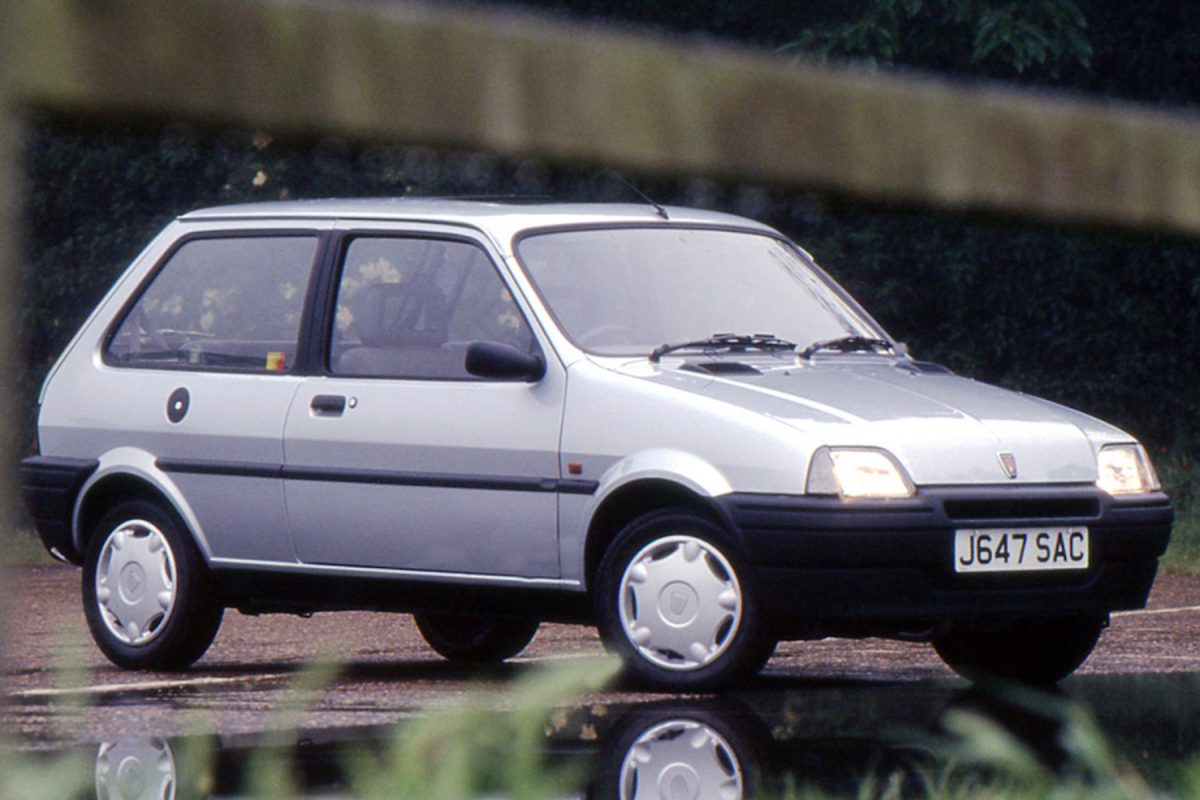
The vehicle performed disastrously in crash tests, failing to meet even the most basic safety standards and earning one of the lowest ratings in the organization’s history.
The report was so shocking that it made headlines across the UK, even being discussed on major national news programs.
Almost overnight, sales of the 100 collapsed, and Rover was forced to withdraw the car from dealerships as demand completely dried up.
This marked a significant blow to the company, contributing to its financial struggles and eventual bankruptcy in the early 2000s bringing an end to nearly a century of Rover’s automotive legacy.
9. GEM E825
In response to California’s zero-emissions mandate, which required automakers to produce a limited number of emissions-free vehicles annually, DaimlerChrysler acquired Global Electric Motorcars in 2000.
By the following year, the newly formed subsidiary had begun manufacturing the E825, a road-legal golf cart designed to comply with newly introduced Low-Speed Vehicle (LSV) regulations.
These laws allowed certain vehicles to be registered for public roads without meeting standard safety requirements, provided their top speed did not exceed 25 mph.
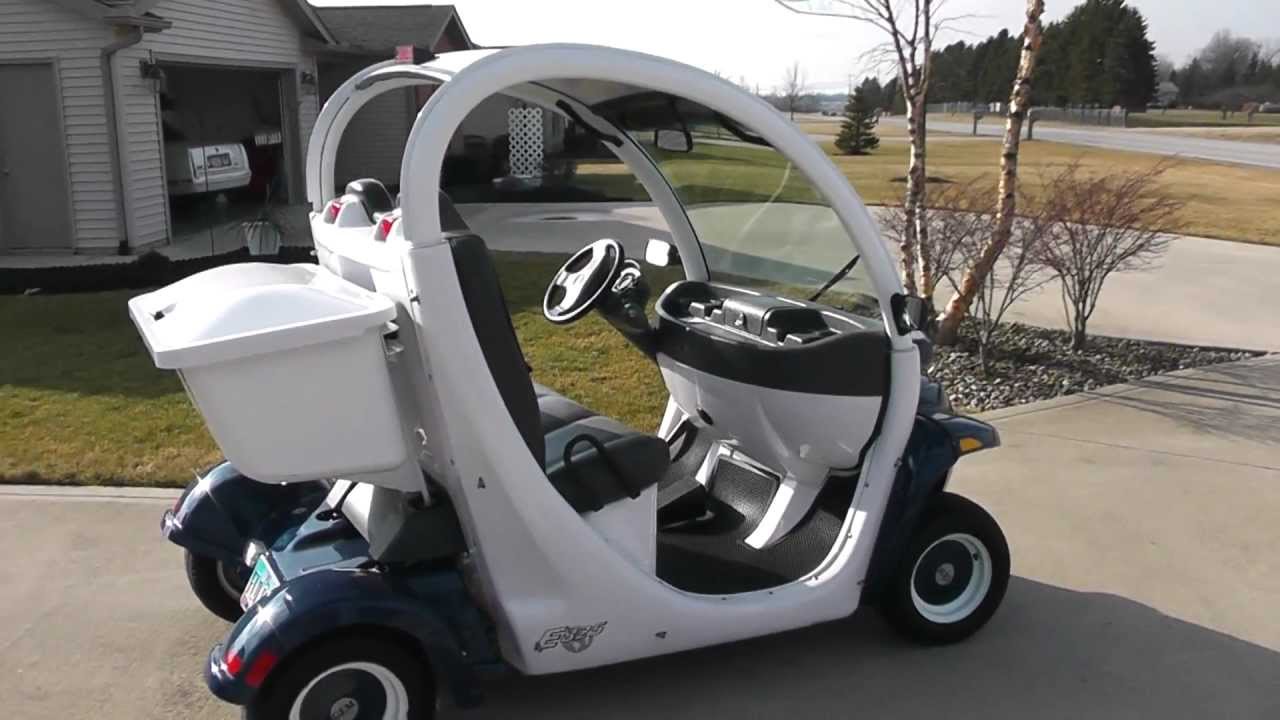
The E825 was deliberately engineered to max out at precisely 25 mph, and to keep production costs low while maximizing profits it was constructed almost entirely from lightweight plastic.
When we tested the E825 upon its release, they described driving it as “unnerving,” suggesting that its only practical use would be in controlled, low-traffic neighborhoods.
Despite its modest speed, the E825’s flimsy build and complete lack of safety features meant that even minor accidents had the potential to cause serious injuries.
10. Caparo T1
Originally established as a steel manufacturing company, Caparo decided to enter the high-performance automotive market in the early 2000s, launching its first supercar, the T1.
Inspired by Formula 1 race cars, the T1 was blisteringly fast on the track but plagued with significant reliability issues that made it a genuine safety hazard.
During a test drive for a British television show, professional racing driver Jason Plato suffered burns to his hands, neck, and face when the T1 spontaneously caught fire.
In another incident, Jeremy Clarkson was filming a segment for Top Gear when the car’s floor suddenly gave way while he was driving.
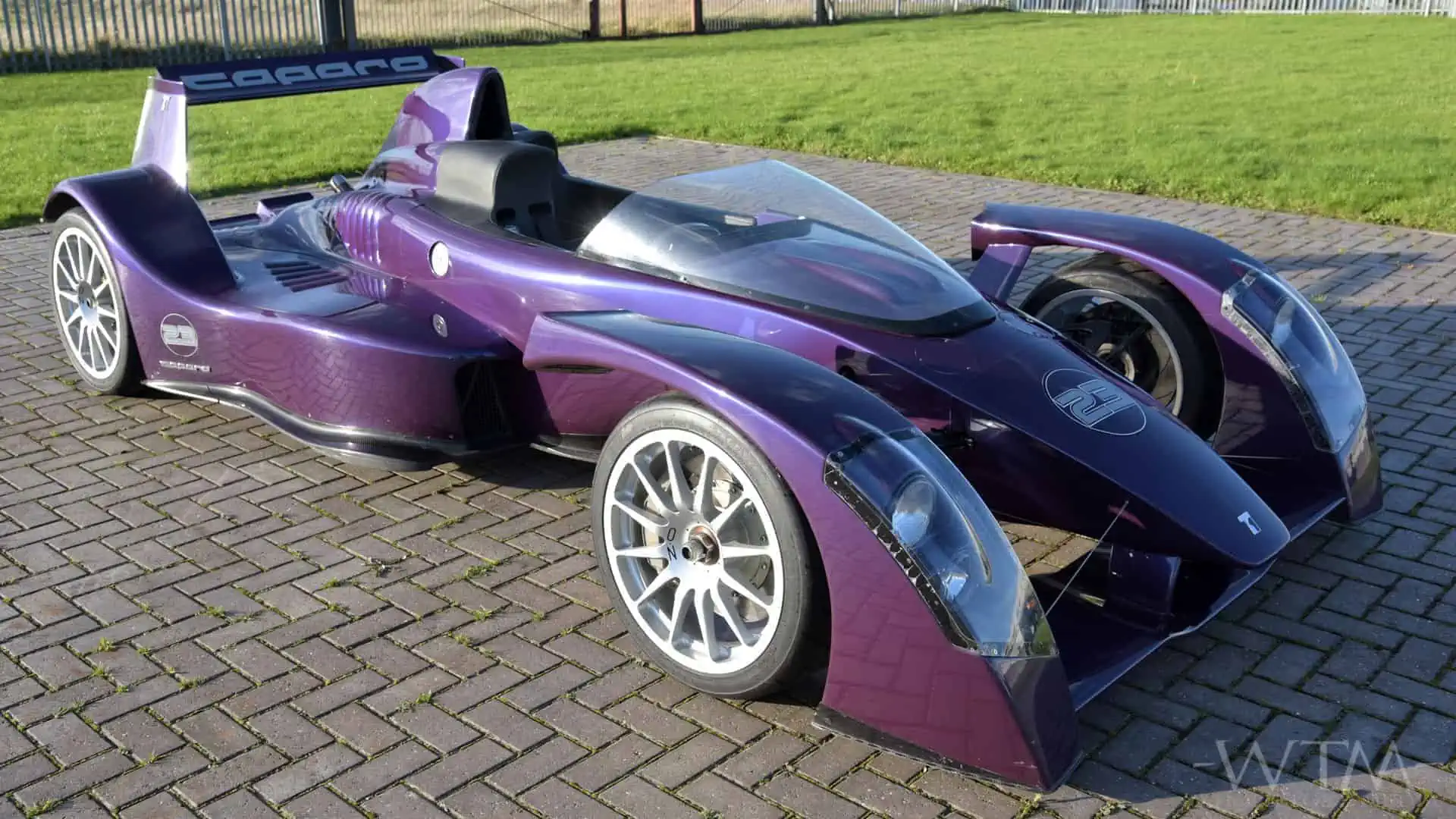
Additional reports detailed even more alarming failures, including a stuck throttle that caused a crash during a demonstration at the Goodwood Festival of Speed and a serious suspension failure during a test drive by a Dutch journalist.
These repeated issues deterred potential buyers, and despite its impressive performance, the T1 failed to attract enough customers to sustain production.
The car’s story came to a tragic end in 2015 when Caparo’s CEO was found dead in what was reported as an apparent suicide.
Ultimately, the T1’s dangerous design flaws prevented it from leaving a lasting mark on the supercar world.

